
We work diligently through our financing, rebates, and incentives programs to get the best deal for you. We simplify the application process and work on your behalf to qualify for every available form of financial assistance.
Our solutions include:
- Financing with easy monthly payments
- Reduced taxes
- Government and utility company incentives
- Energy rebates
- Grants
Do you offer Financing?
Yes!
In-house financing for your LED lighting upgrade is available through our GreenShare Service Program (GSP).
- Spread out your expenses over time with manageable monthly payments
- Use utility cost savings to pay for new lighting or other efficiency projects
- Make purchase decision based on operational budget rather than capital budget
How is the financial plan designed?
The financial plan is designed to coincide with the expected payback period.
- Monthly savings exceeds monthly cost of new system
Enjoy an immediate cash flow positive scenario!
What if I want to pay off the lease early?
Zero penalties, zero fees, no future interest charges. Enjoy early pay off freedom!
Learn more about how you can upgrade your lighting systems immediately with little to no upfront costs and begin enjoying the monthly savings right away.
Is GreenTech part of the Duke Energy Smart Saver program?
Yes!
As a preferred partner of the Carolinas, most of our customers qualify for Duke Energy rebates through the Smart Saver Incentive Program.
How does it work?
Businesses can receive utility incentives for installing high-efficiency lighting, HVAC, pumps, and other qualifying equipment. GreenTech can find out how the Smart $aver incentives will lower the costs associated with these upgrades.
High-efficiency equipment that falls outside of the scope of Duke Energy and Duke Energy Progress’ standard prescriptive offers may still be eligible for incentives. GreenTech will determine all the variables to maximize the rebates available for the scope of your project.
I don’t live in North Carolina. Do I still qualify for LED lighting rebates and incentives?
Yes!
For our southern Virginia residents, we’ve partnered with Dominion Virginia Power. Many of our customers qualify for the Non-Residential Lighting Systems and Controls Rebate.
By upgrading your existing lighting or installing new energy-efficient lighting and controls, you can be eligible to receive a rebate from Dominion. Technologies include: T8s, T5s, CFLs, LEDs, and occupancy sensors.
If you reside anywhere else in the continental US, we’ll work diligently with your local utility companies to apply all incentives to get you the best rates possible.
What other forms of financial assistance are available for my business?
USDA REAP Grant
The Rural Energy for America Program (REAP) Grant provides funding for small rural businesses to purchase or install renewable energy systems or make energy efficiency improvements.
- Receive funds of up to 25% of total eligible project cost
- Businesses with less than 500 employees
- Must be in a rural environment (not a city or town) with population 50,000+
GreenTech can seamlessly walk you through the application process for this grant, which is given twice per year.


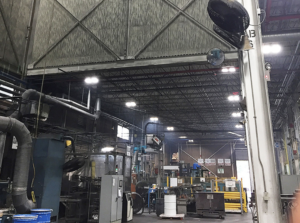

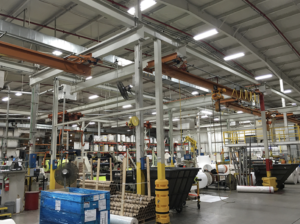








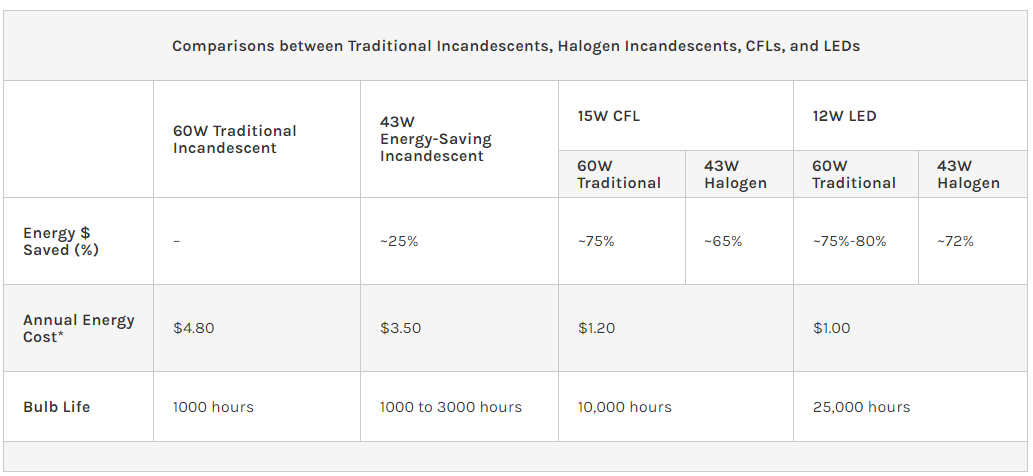
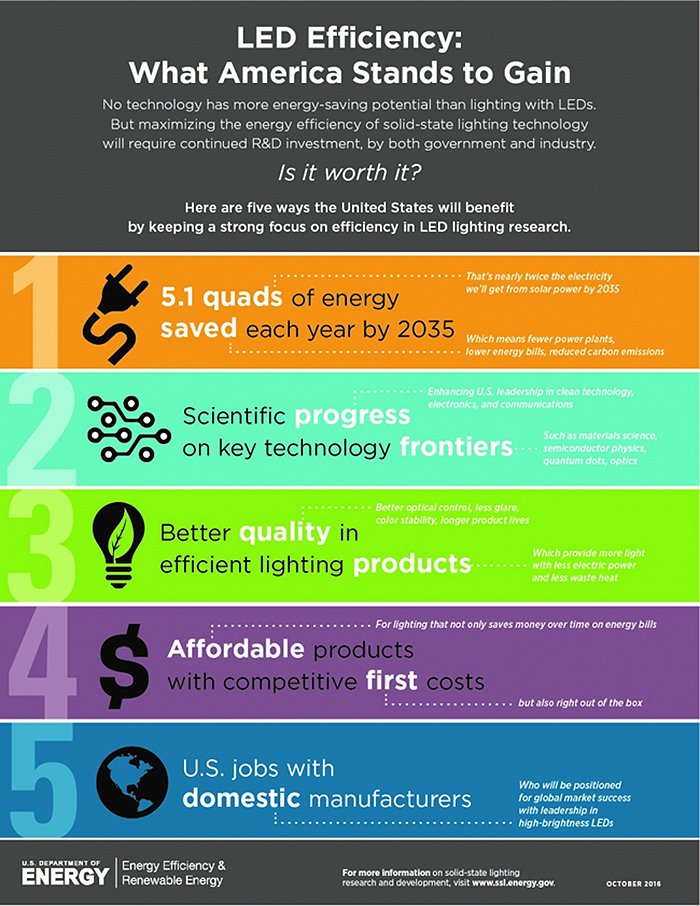



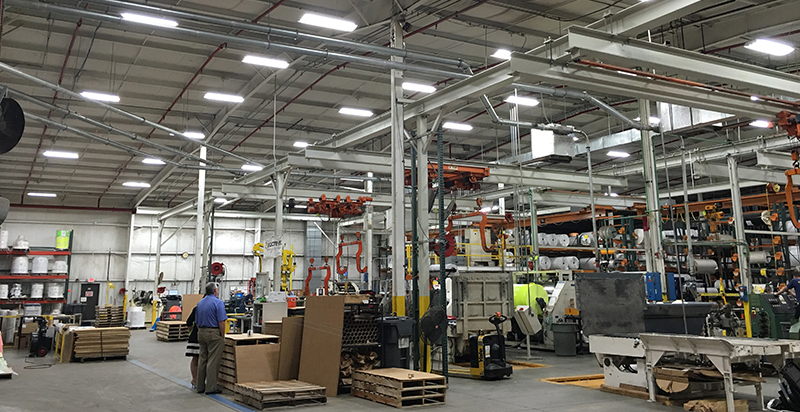


 LINKEDIN
LINKEDIN